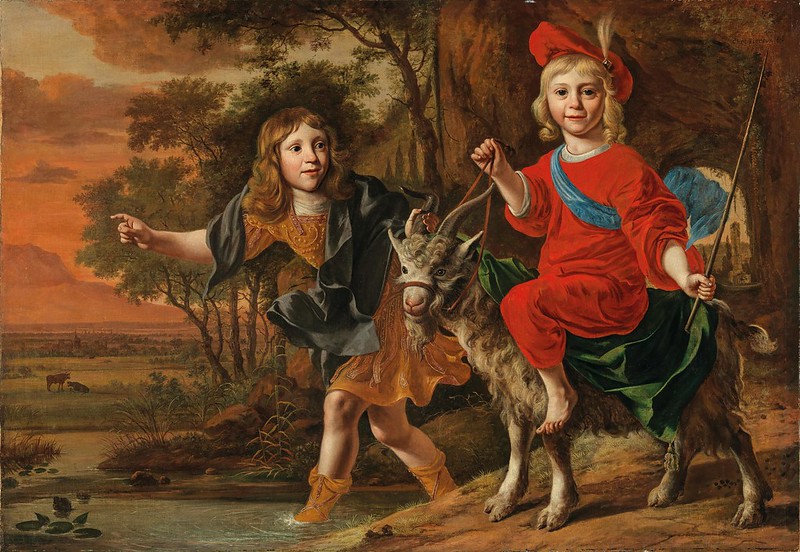Rupert Ignaz Mayr (1646-1712) - Suite IV d-moll aus 'Pythagorische Schmids-Fuencklein' (1692)
Performers: L'Arpа Fеstantе
Further info: Rupert Ignaz Mayr (1646-1717) - Psalms & Motets
---
German composer and violinist. He is first heard of in 1670, when he
entered the service of the Prince-Bishop of Freising as a violinist.
After holding various posts at Eichstätt, Regensburg and Passau, he
moved in 1683 to the Munich court. The Elector Max Emanuel, recognizing
his talent as a composer, sent him to Paris to study with Lully. On his
return to Munich in 1685 his post was still that of violinist and
chamber musician, but he was also active as a composer. The outbreak of
the War of the Spanish Succession brought the musical life of the Munich
court almost to a standstill, and in 1706 he left Munich to return to
Freising, this time as Kapellmeister. Here he continued to write church
and chamber music, and also school operas for the students at the
episcopal seminary. Among the music listed in an inventory of the
Freising court chapel in 1710 are masses by many of the important Munich
composers of the late 17th century – J.C. Pez, the Bernabei family and
in particular Kerll, who was largely responsible for bringing the
Italian concertato style of church music to Munich: despite his sojourn
in Paris the influences on Mayr's church music seem to be Italian rather
than French. His offertories and psalms, though published in 1702 and
1706 respectively, seem to belong more to the mid 17th century than to
the early 18th. This is particularly noticeable in the shape of the
short melodic phrases from which he often built up his choral textures
and in his very fluid handling of triple time. His treatment of solo and
tutti voices, alternating in the same section, shows the influence of
Kerll, though Mayr made them alternate over longer periods, and his solo
passages, especially in the psalms, tend to be longer and more
developed than Kerll's. He was particularly fond of writing bass solos
in which the voice forms the bass of a trio texture whose upper parts
are violins. The chief characteristic of Mayr's offertories is their
close thematic integration, in which voices and instruments share
equally. Dominus regnavit consists of several short sections, each based
on one or two short themes, which are treated exhaustively by various
combinations of solo and tutti voices and violins. As a result Mayr's
choral textures tend to be imitative and broken up, rather than
contrapuntal: his chordal tutti writing relies for its effect on
rhythmic drive rather than varied textures. His solo writing is largely
syllabic – the few melismas are used for expressive effect – and his
word-setting is very careful; he introduced effective word-painting
wherever the opportunity arose. The solo writing in Mayr’s school operas
shows the influence of Carissimi and his followers. It is in his later
instrumental music that the effects of his visit to Paris can be most
clearly seen.

Cap comentari:
Publica un comentari a l'entrada